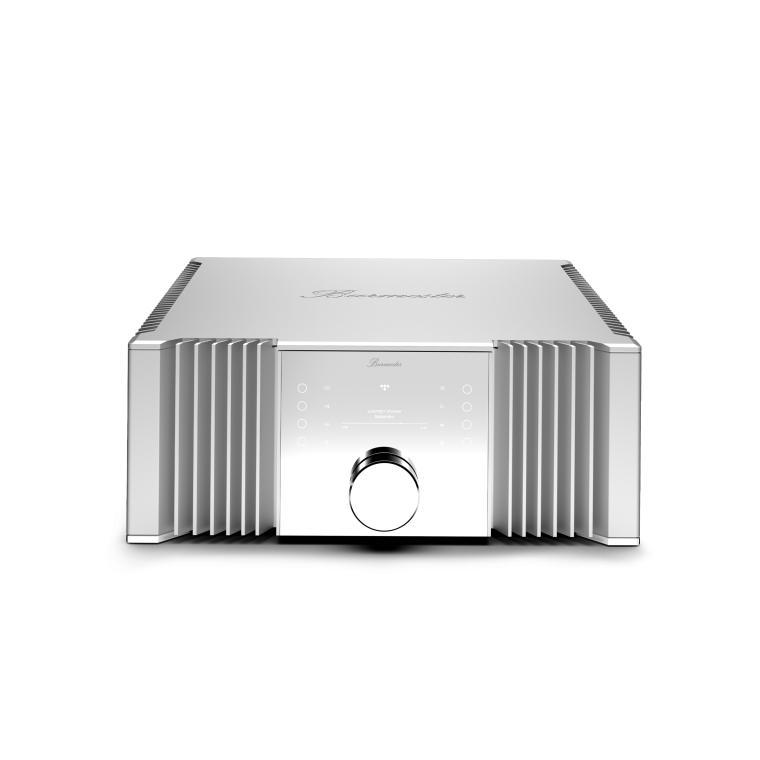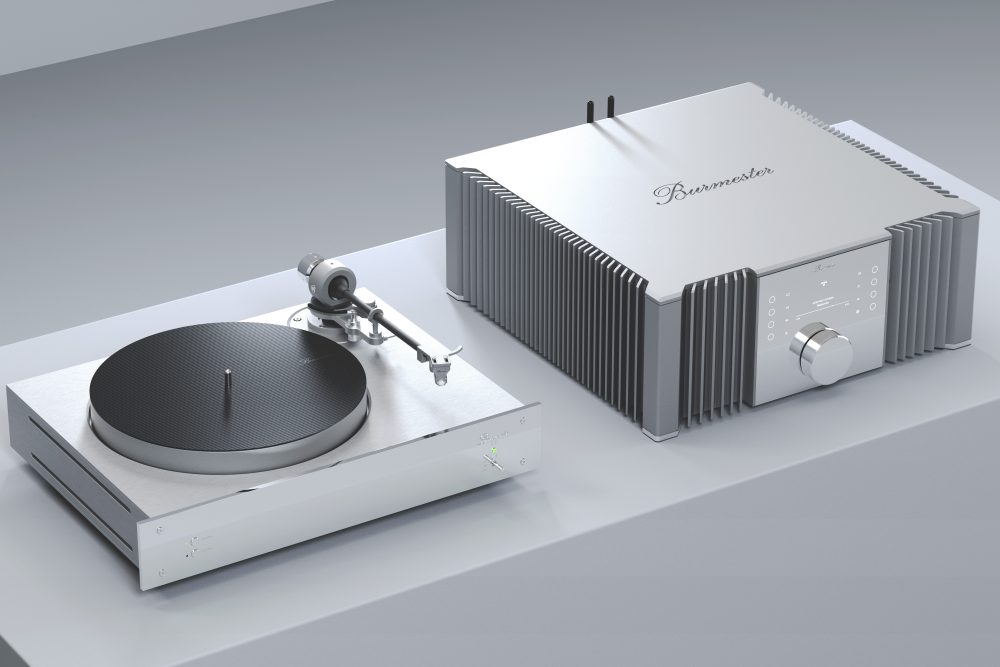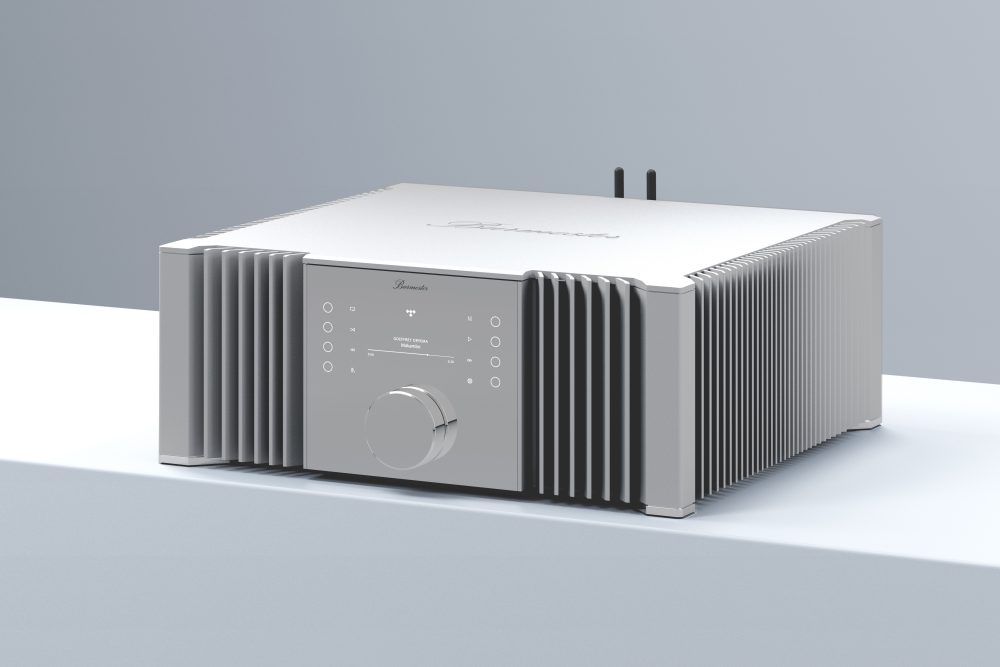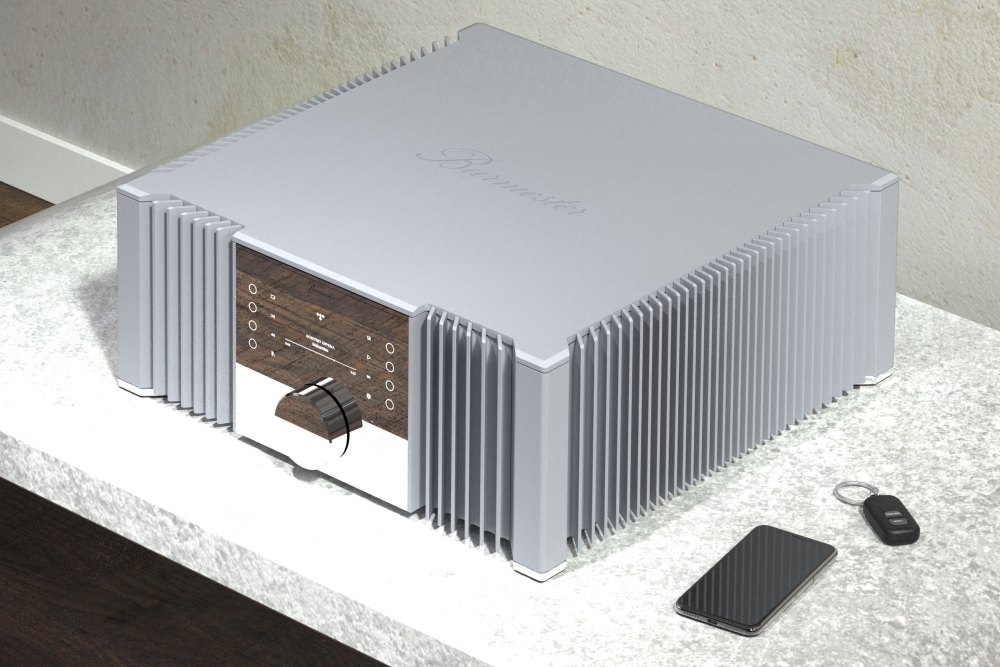232
Integrated amplifier
For Classic Line
The new Burmester 232 Classis Line integrated amplifier meets all the requirements desired of a modern amplifier. It combines unique advanced functionality with the unparalleled sound quality for which Burmester is globally renowned.
Select color options
Supported by:

232
Integrated Amplifier
A ‘Swiss army knife’ of an amplifier, the 232 stands out for its range of versatile features and compatibility. A powerful streaming integrated amplifier with extraordinary musical communication ability, it can operate in pure analogue but excels equally with processing various digital sources.
IMPRESSIONS
Dedication to the highest precision
in every detail.
The 232 Integrated Amplifier combines traditional Burmester aesthetics, albeit in a new ‘house’ look. Distinctive design elements of the Classic Line merge with minimalist controls, making the 232 a meticulously crafted work of art, designed in a full ‘360° approach’—for a sculptural presence in the living space.
Sound Quality
Despite the variety of digital connectivity options and features, the sound is still defined by its analogue circuitry technology. With its warm, open, yet powerful and detailed sound, the 232 Integrated Amplifier embodies the sonic ideals expected of a Burmester amplifier.
The operational amplifiers used are of the highest quality and allow the music signal to pass through unaffected. This almost completely eliminates any impact on the sound quality.
The generously sized power transformer serves as the centrepiece, providing effortless authority regardless of which speakers the Class A/B output stages of the 232 perform with. The amplifier stages of the 232 are fully dual-mono constructed, starting from the secondary windings of the transformer, to minimise electrical and magnetic coupling between the channels. The supply voltage remains absolutely stable for each channel, ensuring precise impulses. The sustainably reduced crosstalk enables stable and sharply defined stereo imaging.
Modularity
The 232 can be configured according to customer preferences due to its unique modularity. It can be operated as a purely analogue integrated amplifier, but adeptly handles the processing of digital sources when required.
The specially designed digital-to-analog converter module transforms the 232 into a high-performance digital integrated amplifier. It processes digital signals from leading streaming services like Tidal and Spotify with the highest precision, delivering exceptional sound quality.
The newly developed phono module for moving coil cartridge systems is based on the phono signal processing from the Burmester Reference Preamplifier 077 and the award-winning Phono Preamplifier 100. The 232 combines the processing of the finest analog signals with the world of digital music at the highest level.
Digital Interfaces
The optional digital-to-analog converter module expands the analogue section of the 232 with a wide range of digital connections. These include integration into a home theatre system via HDMI, as well as connectivity with digital sources, such as CD players, via SPDIF and AES/EBU.
USB and SD ports allow playback of music files from external storage media. New files can also be uploaded to these via the home network while they remain plugged into the 232. Additionally, the 232 can be used directly as a playback device from a PC via USB.
The digital portfolio of the 232 is topped off with wireless connectivity options such as Apple AirPlay (via Wi-Fi) and Bluetooth – ideal for spontaneous music playback from mobile devices.
Streaming
Even more variety: Equipped with the optional digital-to-analog converter module, the 232 becomes a powerful all-in-one streaming amplifier. This includes support for Qobuz Connect, Spotify Connect, and TIDAL Connect without requiring any additional setup.
The 232 is Roon Ready and offers:
-
Lossless, bit-perfect audio transmission in conjunction with the Roon Core server
-
Combination of TIDAL and Qobuz catalogs with local music libraries
-
Intuitive control through a central app, with no need for configuration on the device itself
Design
The new Burmester 232 Integrated Amplifier is the first product to feature the new Burmester design. The aesthetic appearance contains new, modern elements yet preserves the Burmester heritage. An elegant, timeless line harmonises with prominent surfaces, such as the heatsink profile and the top surface. The new design language transforms the 232 into a work of art that is thoughtfully considered in a 360-degree approach and offers a sculptural presentation in any domestic environment.
The 232 embodies the quintessence of the essential without neglecting quality and usability. Extensive studies have optimised the heatsink profile thermally. Scaled across product lines and power levels, it follows the approach of performance enhancement and is therefore much more than just a design element. It radiates from the center of the housing and represents the biggest departure from the more traditional appearance of previous generations of Burmester products.The systematic use of chrome serves as a tribute to the design of Burmester products of previous decades and highlights individual elements. Partnering with older Burmester units remains harmonious and seamless.
The result creates an interplay of technical, elegant and organic room environment friendly forms. This is reinforced by the contrast of matte and glossy surfaces.
Control Concept
The new control concept combines the all-new Burmester app for device control with on-device operation (HMI) or via remote control. The approach of simplifying operational steps has been applied across all possible control options. The placement of the display behind mirrored glass allows the display to completely recede into the background when in a standby state. This integration further contributes to the minimalist approach to the appearance. The full graphic display supports a variety of characters.
New Rotary Encoder
The new Burmester rotary control serves as the primary operational element of the 232, alongside the app and remote control, equipping the integrated amplifier with innovative haptic feedback technology. The haptic feedback adjusts according to the respective functions, including features such as rotational resistance, number, and spacing of clicks. In addition to controlling classic functions such as input selection, volume adjustment, or scrolling through playlists, the rotary control in the 232 also acts as a power switch.

TECHNICAL DETAILS
| Weight | 29 kg |
| Width | 450 mm |
| Height | 177 mm |
| Depth | 480 mm |
| Inputs analog | 2 balanced XLR |
| Inputs digital | 2 USB-A, 1 USB-C, 1 microSD, 1 HDMI ARC, 1 RCA, 1 TOSLINK, 1 XLR (AES EBU) |
| Outputs analog | 2 XLR Pre-Out (fixed/variable), 1 Sub-Out (mono) |
| Outputs digital | 1 RCA, 1 TOSLINK |
| Output power stereo (CEA) per channel at 4 Ω |
150 W |
| Pulse Power Stereo (CEA) per channel at 4 Ω | 200 W |
| Pulse Power Stereo (CEA) per channel at 8 Ω | 110 W |
| Headphone stereo-jack | 6,3 mm |
| Remote controlled | Remote control (IR/Bluetooth) and Burmester Conduct App |
| Optional module | DAC, Phono MC |
Technical specifications subject to change.
Operation manual
MORE PRODUCTS
A perfect match for the 232
There is more then only sound – there is art. You can finish the composition of hardware to get the most exposion sound. Have fun to explore more of Burmester.
Loudspeaker
For All Lines
B18
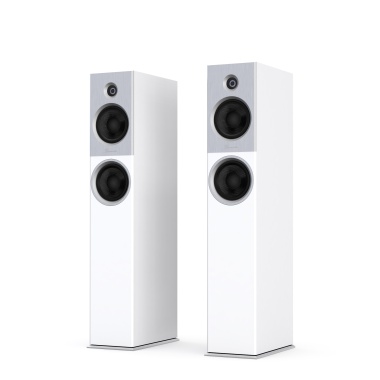
The B18 loudspeaker was developed to be comfortably sized yet extremely musical and dynamic. A universal sound talent, the B18 is a 2½-way bass reflex speaker with a front-firing design.
Loudspeaker
For All Lines
B28
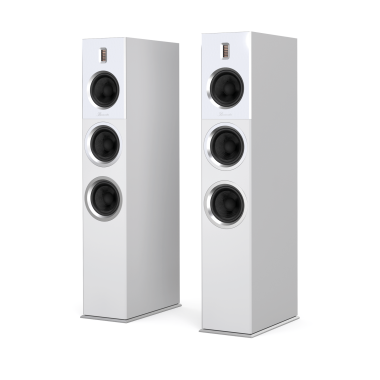
In 2022, Burmester launched the B28 loudspeaker model to complement the B-Series. The design of the B-Series is characterized by clear lines, which are reflected in both the shape of the housing and the fronts.
Loudspeaker
For All Lines
B38
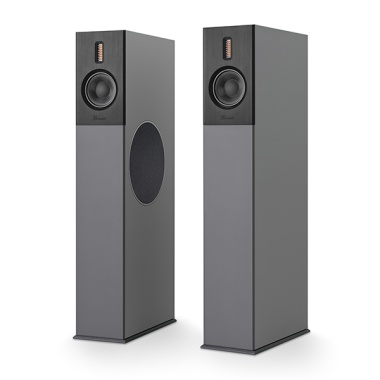
The B38 loudspeakers are the latest addition to Burmester’s B-Series. This series is characterized by its slim and timeless design, which integrates perfectly into any environment. Similar to the smaller pair B18, the new B38 loudspeakers distinguish themselves through their three-dimensional stage image and amazingly transparent sound.

